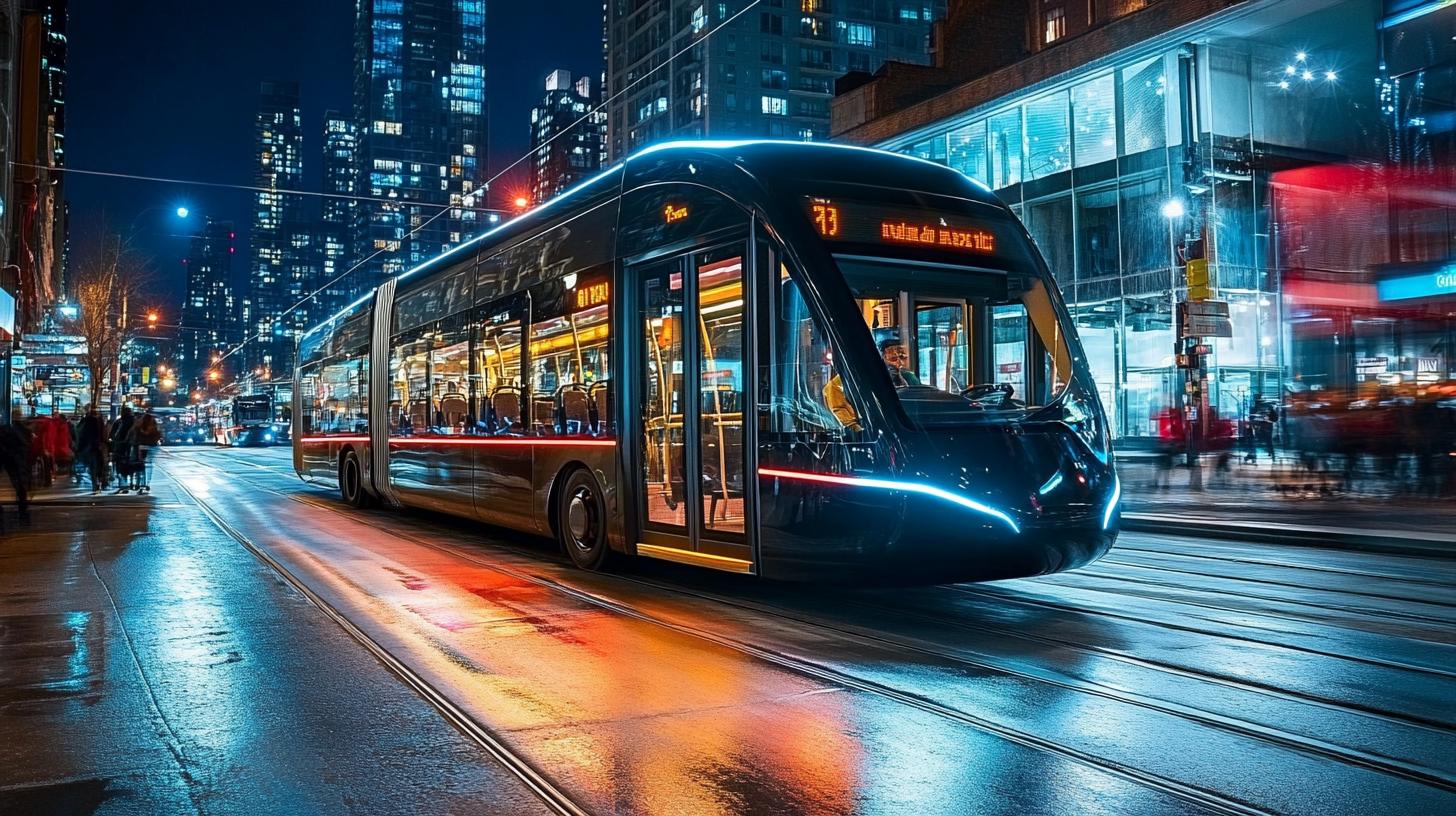In a shocking turn of events, two leading names in the electric motorcycle industry have succumbed to financial instability, casting doubts on the sector’s future. Just days apart, Italy’s Energica and the American brand FUELL both declared bankruptcy, raising questions about the sustainability of high-performance electric motorcycles.
The End of an Italian Dream
Energica, known for its Italian finesse combined with powerful design and large battery capacity, has dominated the electric motorcycling scene since its inception in 2014. Originally part of a racing project, Energica quickly advanced to producing long-range models like the Experia and became the exclusive bike supplier for the MotoE World Cup from 2019 to 2022. Despite achieving increased revenues and undergoing acquisition by Ideanomics, Energica’s financial woes persisted, leading to a court-driven liquidation.
An American Innovator Falls
Across the Atlantic, FUELL, another promising player, filed for Chapter 7 bankruptcy. Founded in 2019 by legendary motorcycle designer Eric Buell, the company gained acclaim with its revolutionary city commuting models. However, financial missteps, including repeated delivery delays of its Flluid ebike, diminished backer confidence. These setbacks contributed to the company’s unfortunate liquidation process, where assets are sold to cover outstanding debts under the guidance of a court-appointed trustee.
The Future of Electric Motorcycles
These closures highlight the precarious position of electric motorcycle makers and prompt concerns among enthusiasts and investors alike. The critical question emerges: will other e-motorcycle firms weather the storm, or is this just the beginning of a broader industry challenge?
Electric Motorcycles: The Untold Impact of a Growing Industry Crisis
The recent financial tumbles of Energica and FUELL have sent shockwaves throughout the electric motorcycle industry. While much has been speculated about their bankruptcies, several underlying issues and implications remain less discussed yet equally significant.
The Relentless Push for Innovation
The electric motorcycle sector has always been driven by a relentless pursuit of innovation. While this has led to groundbreaking designs and performance, it also incurs steep research and development costs. For companies like Energica and FUELL, maintaining this pace without substantial and consistent funding means operating on thin margins. This relentless push for innovation with insufficient backing may be a broader industry trend.
Community and Environmental Impact
The fall of these companies affects more than just the bottom line; it reverberates through communities. Jobs are lost both within the companies themselves and in the local economies that supported them. Italy and the U.S., two key markets, may witness decreased enthusiasm for investing in risky green tech ventures. On the environmental front, setbacks in electric transportation can hinder the transition to sustainable urban commuting solutions, slowing progress toward reducing carbon emissions.
Advantages and Disadvantages of Electric Motorcycles
Electric motorcycles, though promising, present a complex picture. Advantages include their eco-friendly nature, reduced noise pollution, and often lower operational costs thanks to fewer moving parts leading to less maintenance. Additionally, the instant torque offered by electric motors provides an exhilarating ride experience.
On the other hand, disadvantages persist. Range anxiety remains a key issue, as battery technology has yet to catch up with the rapid charging capabilities and mileage offered by traditional motorcycles. High initial costs can also deter buyers, and a lack of widespread charging infrastructure compounds the problem.
Controversies: The Invisible Hand of Unseen Players?
A controversial point within the industry is the role of venture capital and large corporations. While investments drive innovations, they can also dictate business directions that prioritize short-term gains over long-term sustainability. Were Energica and FUELL pushed to expand too quickly by such influences? Though speculative, such questions linger among analysts and potential investors.
Furthermore, there’s an ongoing debate as to whether governments should step in more assertively to stabilize nascent industries such as this, perhaps through subsidies or protective policies similar to those in the renewable energy sector.
Looking Ahead: What’s Next for the Industry?
The industry’s future hangs in a delicate balance. Will emerging startups learn from these bankruptcies, perhaps focusing more on sustainable growth over rapid scaling? Or will we see large corporations swoop in, altering the dynamics with their expansive resources but perhaps compromising creative freedom?
Who are the next players to watch out for, and how equipped are they to handle existing challenges? As enthusiasts and investors ponder these questions, the key lies in technological innovation, robust business strategies, and sustainable industry practices.
For those intrigued by the dynamics of the electric vehicle sector and seeking more in-depth insights, visit GreenTech Media and Electrek for additional resources and analyses.






















